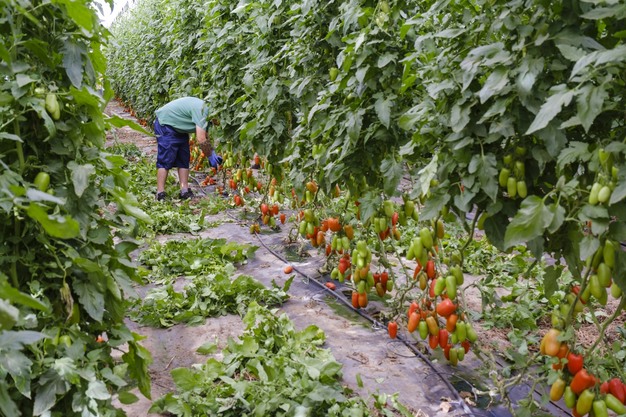Southern Europe's solar greenhouse 2024/2025 season has started with the marketing of peppers, tomatoes, cucumbers, zucchini, and aubergines. During summer, producers worked to prepare the soil for the new season. After the solarization, cleaning, and planting processes some crops, such as tomatoes, have already begun to bear fruits and producers have started marketing their first fruits.

The solarization process, which consists of covering the soil to control the appearance of pathogens, allows the soil to be cleaned to promote the growth of environmentally sustainable, tasty, healthy, and safe fruit.
This is one of the main characteristics of solar greenhouse production that the "It's from the greenhouse. Sustainable fruits and vegetables from Europe", which is entering its second year, showcases to give visibility to a socially, economically, and environmentally responsible and balanced production model.
"This year, we expect to market 4.1 million tons of peppers, tomatoes, cucumbers, and in spring watermelons (625,000 tons) from the greenhouses of Almeria and Granada. The export market accounts for 65% of the total sold. The main destination markets are Germany (33% of all exports), France (13%), the Netherlands (12%), the United Kingdom (11%), and Poland (5.5%), among others," stated the co-director of the COEXPHAL-UAL Chair, Juan Carlos Pérez Mesa, who added that the area under greenhouse cultivation in these two provinces will reach 37,000 hectares during the 2024/2025 campaign.
Southern Europe's solar greenhouses feed more than 500 million people on the continent every year, meeting the needs of consumers, responding to all market quotas, and laying the foundations for the future of global agriculture.
"The production model of solar greenhouses in southern Europe is a benchmark in sustainability from an economic, social, and environmental perspective since it is a profitable, family-based, local production system," stated agri-food journalist Elio Sancho.
Solar greenhouses protect crops from environmental conditions, capturing more energy and creating a specific microclimate to produce more with the minimum use of resources. Their water footprint is 20 times smaller than that of open-air crops thanks to sanding, variety in the use of seeds, plastic covers, drip irrigation, rainwater harvesting, natural ventilation, and biological pest control, among other improvements.
In addition, intensive greenhouse horticulture production has contributed to the reduction of the average annual temperature in the area and each hectare absorbs 10 tons of CO₂ per year.
For more information: https://www.hortiespana.eu/
